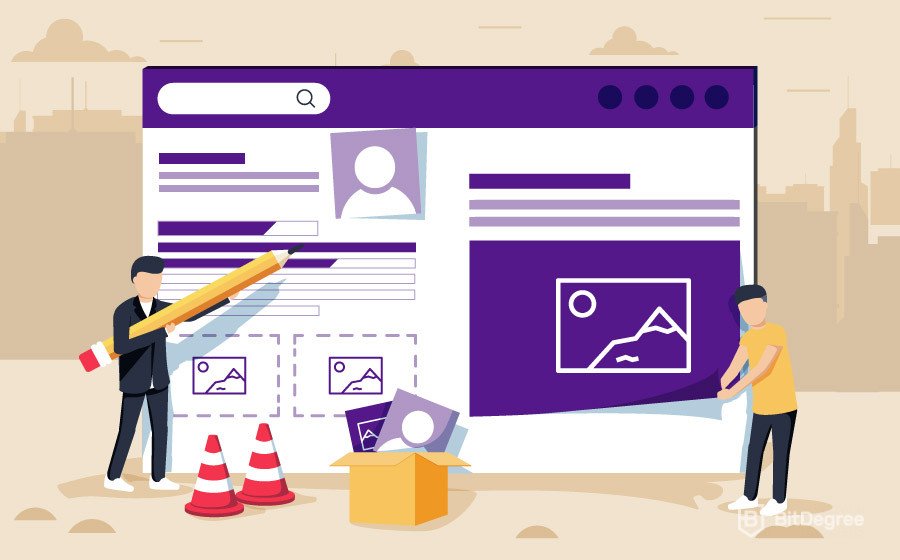
What is a website and why should you have one?
A website is a platform for the dissemination and promotion of information. It is usually an online representation of your business. Websites can be used to create a new customer base, provide information about products or services, and build brand awareness.
This article will cover the following topics:
- What are the benefits of having a website?
- How do you set up a website?
- What are some tips for creating your website?
Step 1: decide your domain name
It is important to have a domain name that is catchy and easy to remember.
A domain name should be short, memorable, and include the keywords you want your site to rank for.
There are many tools available on the Internet that can help you find a domain name with these qualities.
An alternative would be to brainstorm domain names with the help of friends or family.
They know what you like and what you don’t like. domain name length -domain names less than 8 characters are difficult to remember and spell correctly -Website URLs that are less than 24 characters limit social sharing. -It is important that online trading websites have an identifiable name so that they can find your website through search engines.
Step 2 – Choose Your Site Theme
Choosing the right theme for your website is an essential step in the process of designing and developing a site. Themes are key because they set the tone for your site, establish a visual identity, and help you better communicate with your audience.
There are many factors to consider when choosing a theme. The most important thing is to choose a theme that fits your business goals and marketing strategy. A good starting point is to think about what type of content you want to feature on your site, as well as how you want visitors to interact with it. For example, if you run an online clothing store, it would be best not to choose a theme that has too many colors or graphics, as this will take away from the focus on fashion products. Similarly, if you run an eCommerce store that sells furniture, it might be worth considering themes that are image- or video-heavy, as they will help customers get an idea of what they want.
Step 3 – Select your website hosting provider
Choosing a website hosting provider is a crucial step in the process of building your own website. If you’re not careful, you can end up with a slow and frustrating experience that doesn’t provide the level of service your site deserves.
There are two types of hosting providers: shared and dedicated. Shared hosting providers offer one server to many clients, so if one client’s site goes down, it affects all other clients on the same server. Dedicated hosting providers offer each customer their own server so that if one site goes down, it doesn’t affect other sites on the same server.
Now your site is live! How to protect it and keep it updated?
The first thing you need to do is make sure your site is protected from cyber attacks and malware. There are some security measures you can take, such as installing a firewall, antivirus or antimalware software, and using a VPN. You can also use third-party services like Sucuri to monitor your website for vulnerabilities.
Second, it’s important to keep your site up to date with the latest design trends and SEO practices. You should also know how to use Google Analytics and Google Webmaster Tools to track your website’s performance.